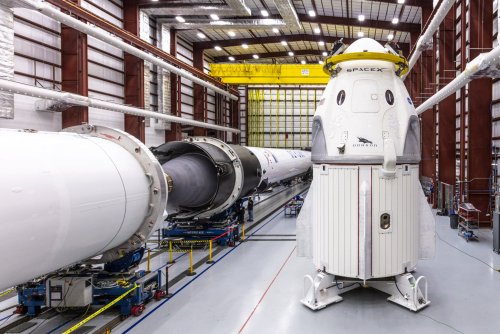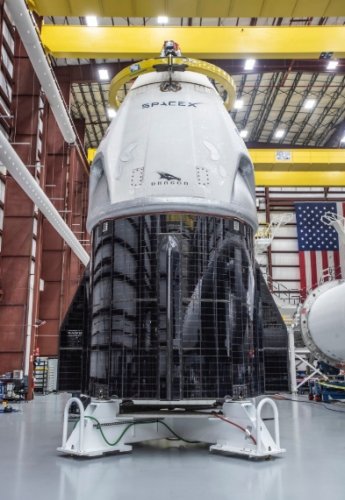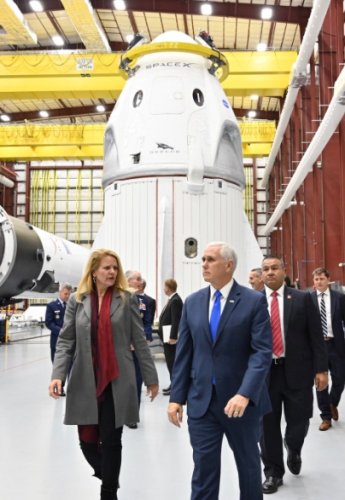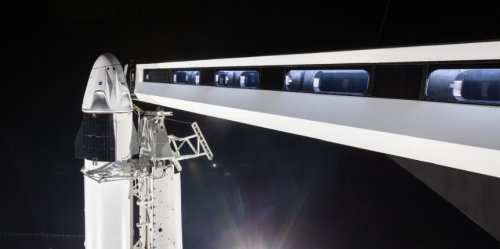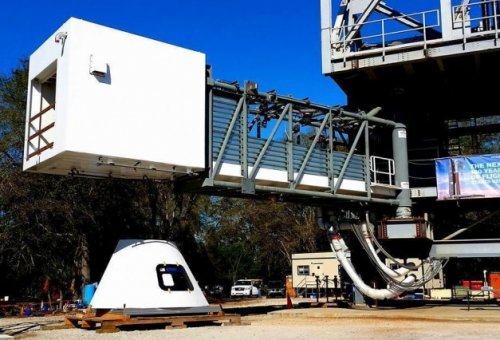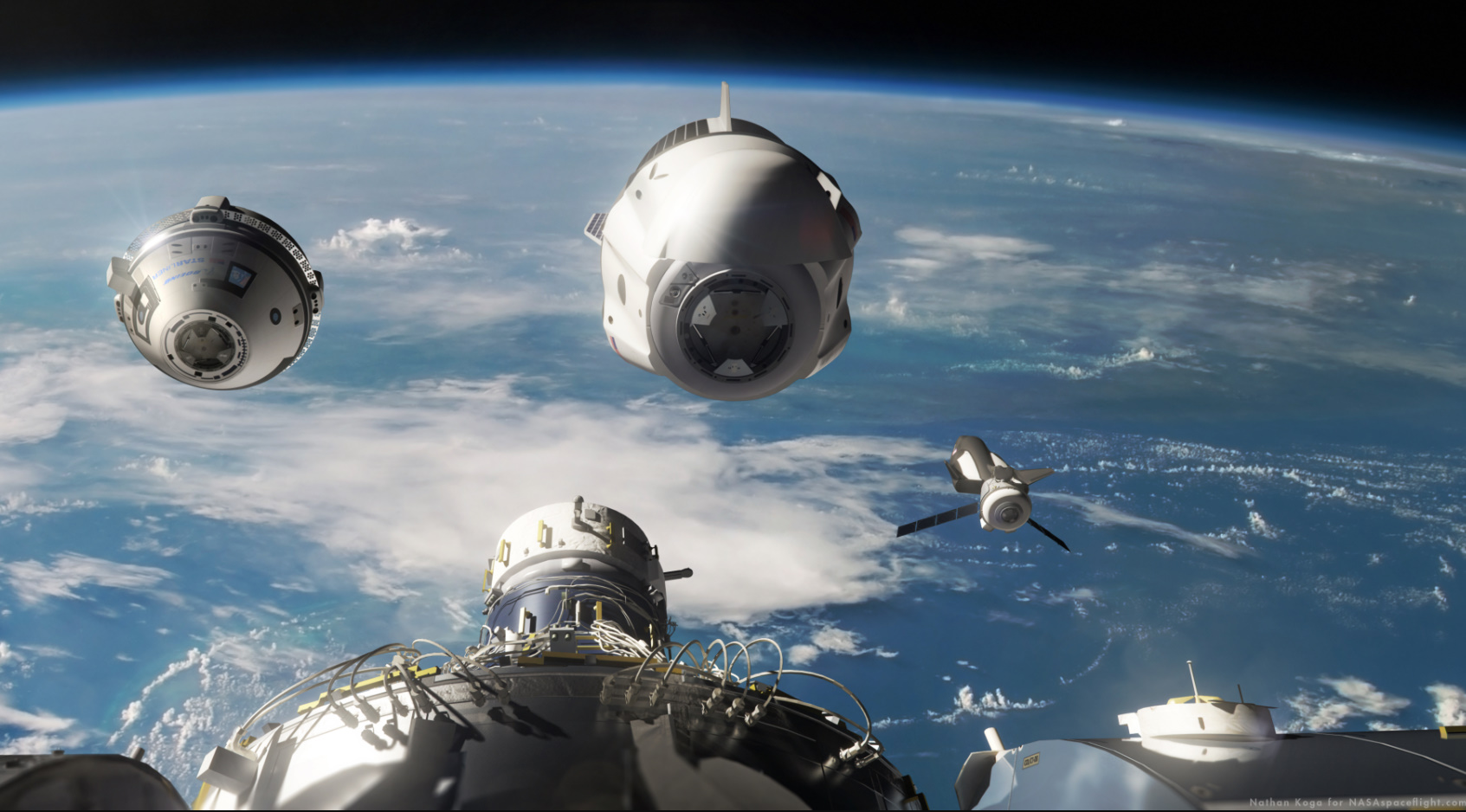The GAO report also provides some clarification on the major technical issues each company is working on as it gets closer to test flights into space.
For SpaceX, the top risks identified in the report are fairly well-known and concern the Falcon 9 rocket used to launch Dragon. NASA has concerns about the composite overwrap pressure vessels that led to a catastrophic accident during fueling of the Falcon 9 rocket in 2016. NASA engineers are also tracking the company's changes to the Merlin engines to be used in the Block 5 design of the Merlin rocket.
"NASA program officials told us that they had informed SpaceX that the cracks were an unacceptable risk for human spaceflight," the report states. "SpaceX officials told us that they have made design changes, captured in this Block 5 upgrade, that did not result in any cracking during initial life testing. However, this risk will not be closed until SpaceX successfully completes qualification testing in accordance with NASA's standards without any cracks."
The report also cited two significant issues that Boeing is working regarding the Starliner. In some abort scenarios the company has simulated, the Starliner spacecraft has tumbled. Boeing hopes to put these concerns to rest with a pad abort flight test, which should occur soon.
NASA also has concerns about Starliner's forward heat shield, which protects the parachutes during re-entry but may damage the parachutes as it is pulled away from the spacecraft. "If the (commercial crew) program determines this risk is unacceptable, Boeing would need to redesign the parachute system, which the program estimates could result in at least a six-month delay," the new report states.
On the positive side, the report notes that unlike some of NASA's other large programs also experiencing significant delays, the space agency will not directly bear the cost of these delays. Because the commercial crew program operates under a fixed-price contracting system, its costs are within one to two percent of earlier estimates.


